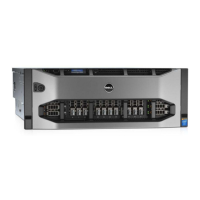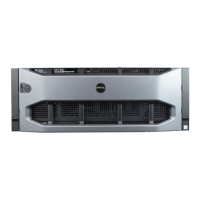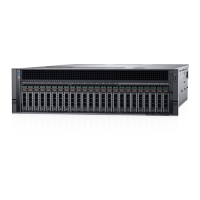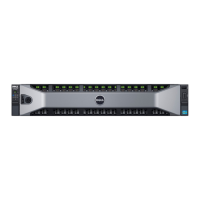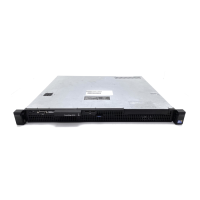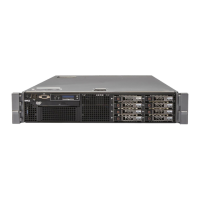





Do you have a question about the Dell PowerEdge R910 and is the answer not in the manual?
| Processor | Up to four Intel Xeon 7500 series processors |
|---|---|
| Form Factor | 4U Rack Server |
| Storage | Up to 16 x 2.5" SAS, SATA, or SSD drives |
| RAID Controller | PERC H700, PERC H800 |
| Network | Embedded Broadcom 5709c Gigabit Ethernet |
| Power Supply | Redundant 1100W power supplies |
| Expansion Slots | 10 PCIe slots |
| Operating System Support | Microsoft Windows Server, Red Hat Enterprise Linux, SUSE Linux Enterprise Server, VMware |
| Memory | Up to 1TB DDR3 (64 DIMM slots) |

